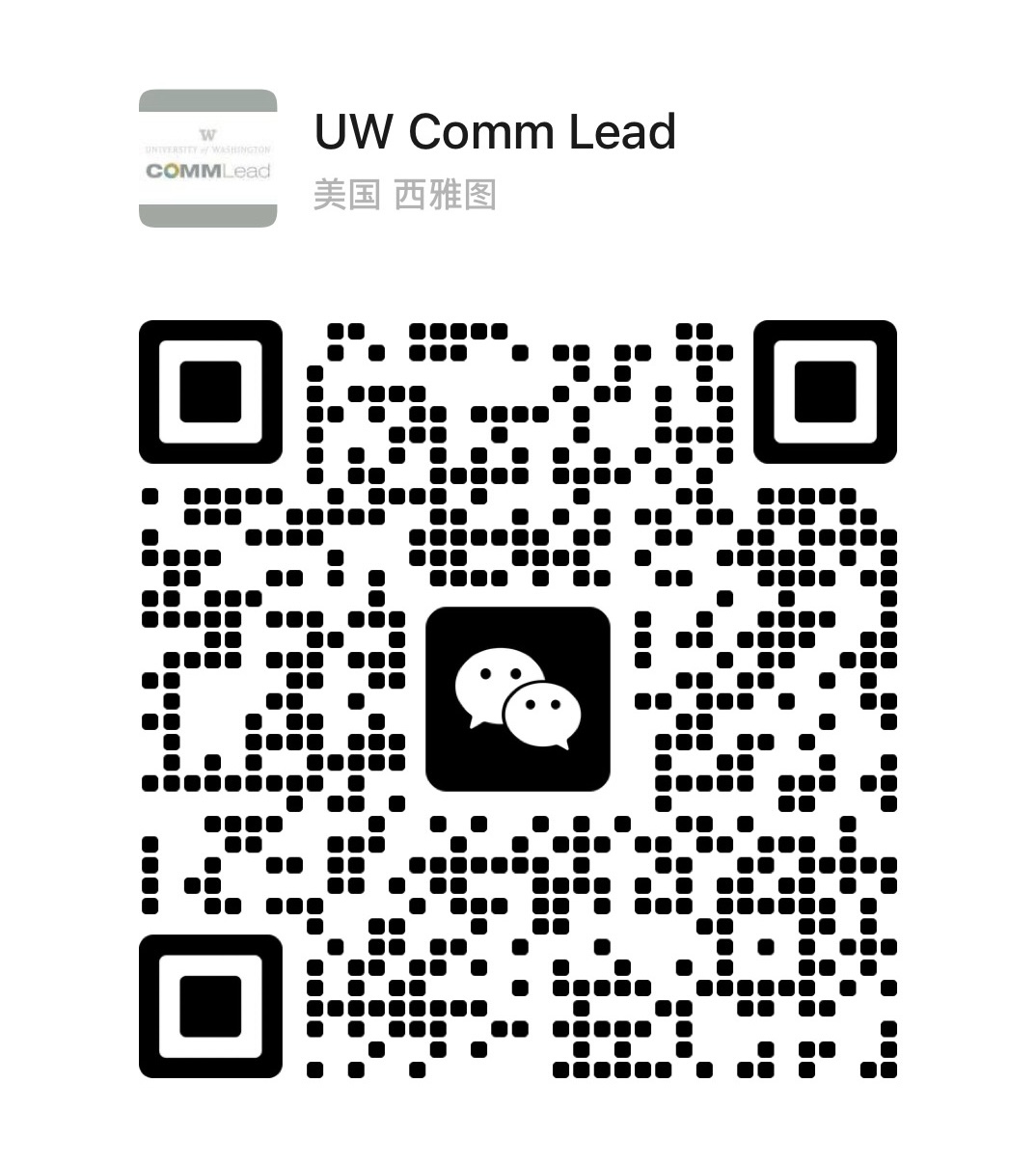Course Description:
Today’s leaders are confronted with an increasingly rich landscape of possibilities to spark and create change. Parallel to this challenge, decision-makers and influential bodies are bombarded with waves of messaging. This course will introduce you to communication techniques for advocacy. Our approach in this class will be focused on”integrated advocacy,” which is a strategy of communicating through multiple channels one’s advocacy efforts – like the marriage equality movement, net neutrality efforts by Google, Facebook and Netflix, and the passage of the Affordable Care Act of 2010. You will develop part of an integrated advocacy campaign working for a client in this class. Real-life challenges and advocacy needs of our clients will allow us to use integrated advocacy model in an applied sense. We will build stories around goals and solutions. We will come up with advocacy tactics and create an advocacy campaign that will ignite change. This is a hands-on course. The course will help you develop immersive storytelling skills, and practice community organizing. You will learn persuasive communication and engagement methods, and how to pack a punch with a campaign aimed at making change. Guest speakers and mentors with experience spearheading campaigns will serve as guides throughout the quarter. The course will culminate with a short advocacy pitch session.
Student Testimonial:
“I enrolled in Brenda Tausch-Lapora’s Integrated Advocacy class feeling like I had a ton of skills but without a clear purpose for applying them to make change. I knew I wanted to do something that matters. This class gave me a practical and actionable framework for translating my skills into doing good things in this world. Your typical marketing campaign usually follow the rules of what has worked in the past, what sells, and who’s the first to do it. By contrast, integrated advocacy challenges you to figure out the core of the message you’re trying to share and the vision for what you want to change. You have to build a consciousness of action which involves a lot of components such as content strategy, policy change, partnership building, and a drive to make the change worthwhile for the communities involved. Integrated advocacy allows you to challenge conventions and question the nature of the message you’re are trying to put out there. Bottom line: you’re asking your community to believe it. Brenda’s class pushed me to create a project utilizing VR to change the perception of Fire Services in Washington State—a project which is gaining traction and may turn into a national model for EMS public outreach campaigns.”

 University of Washington
University of Washington